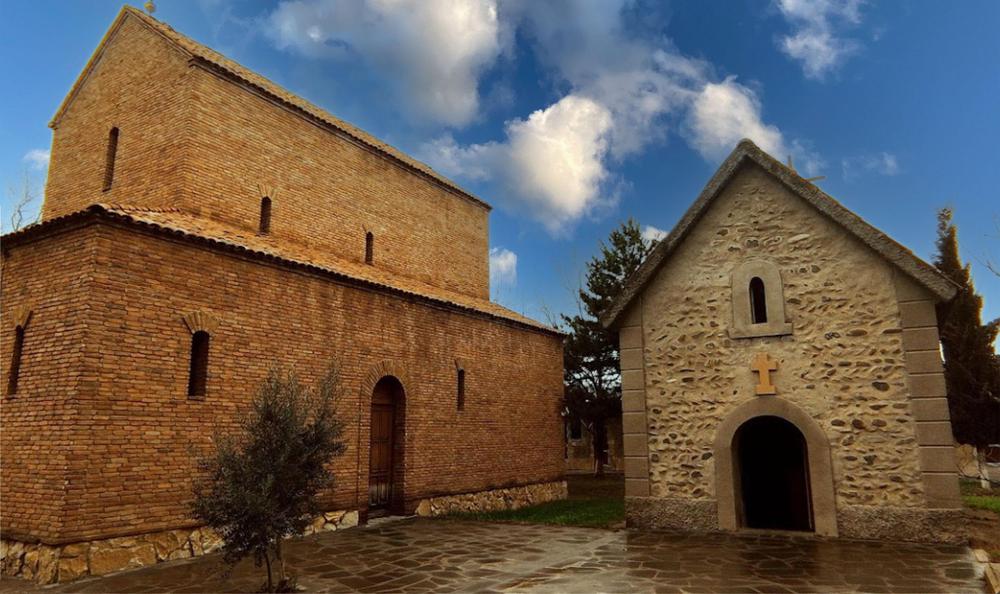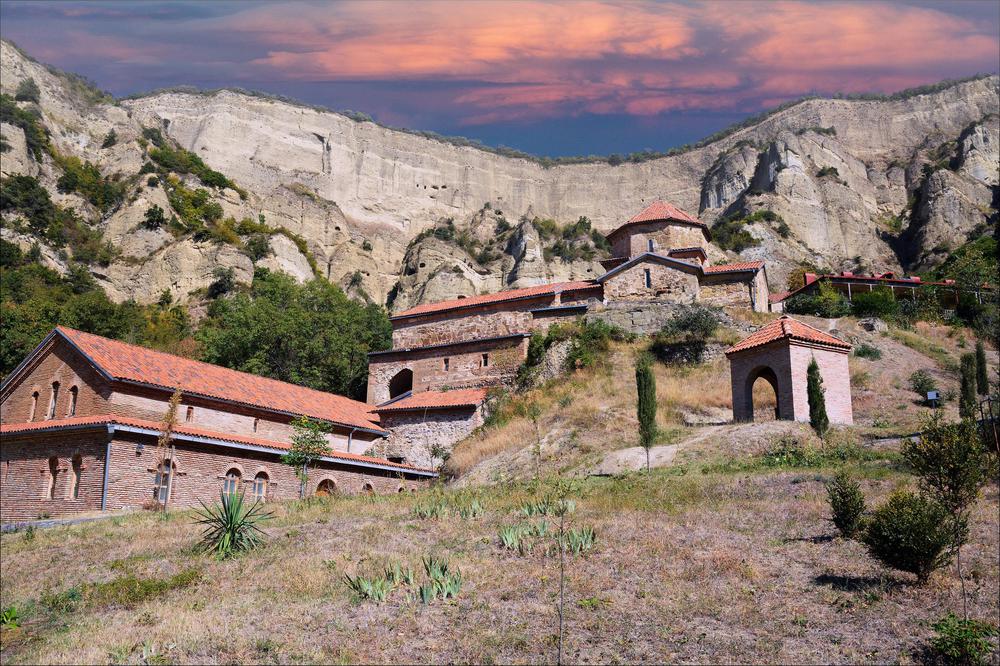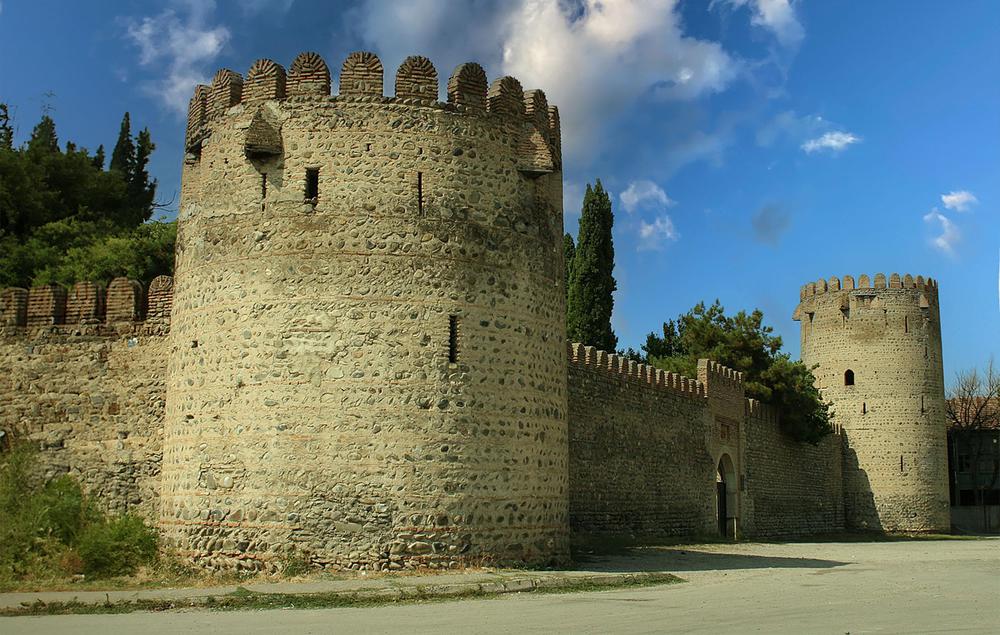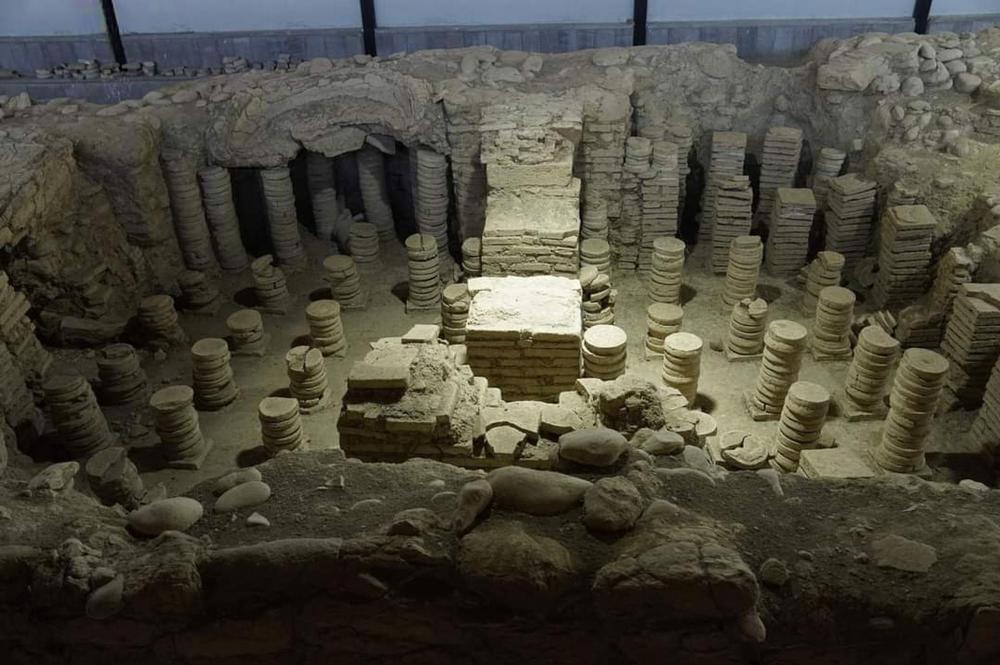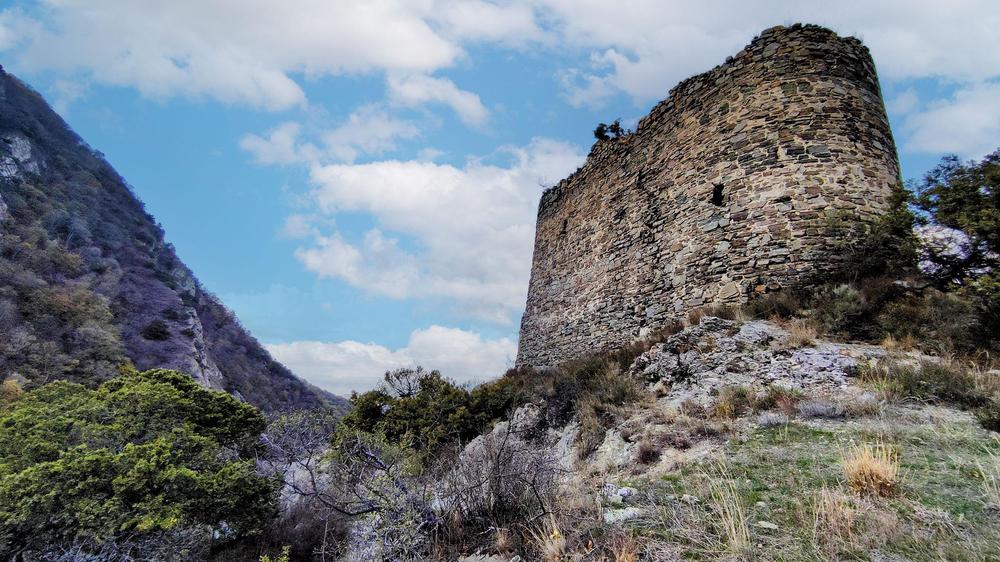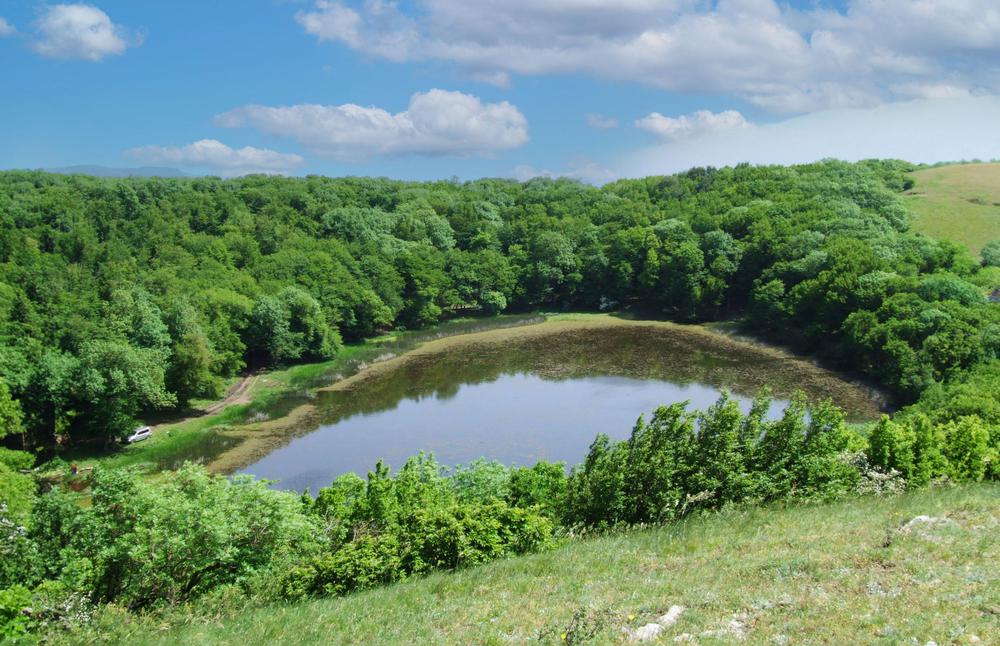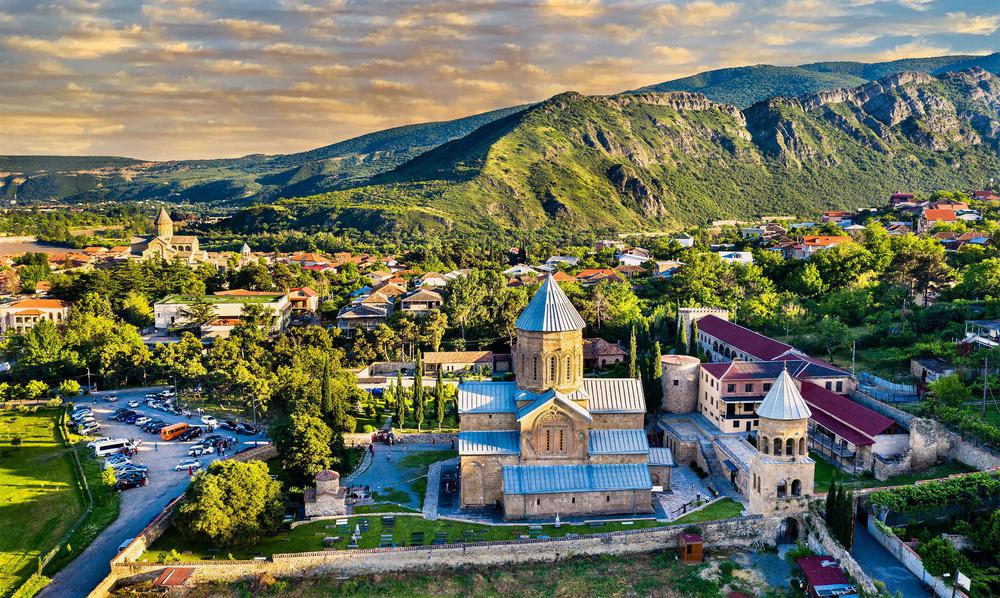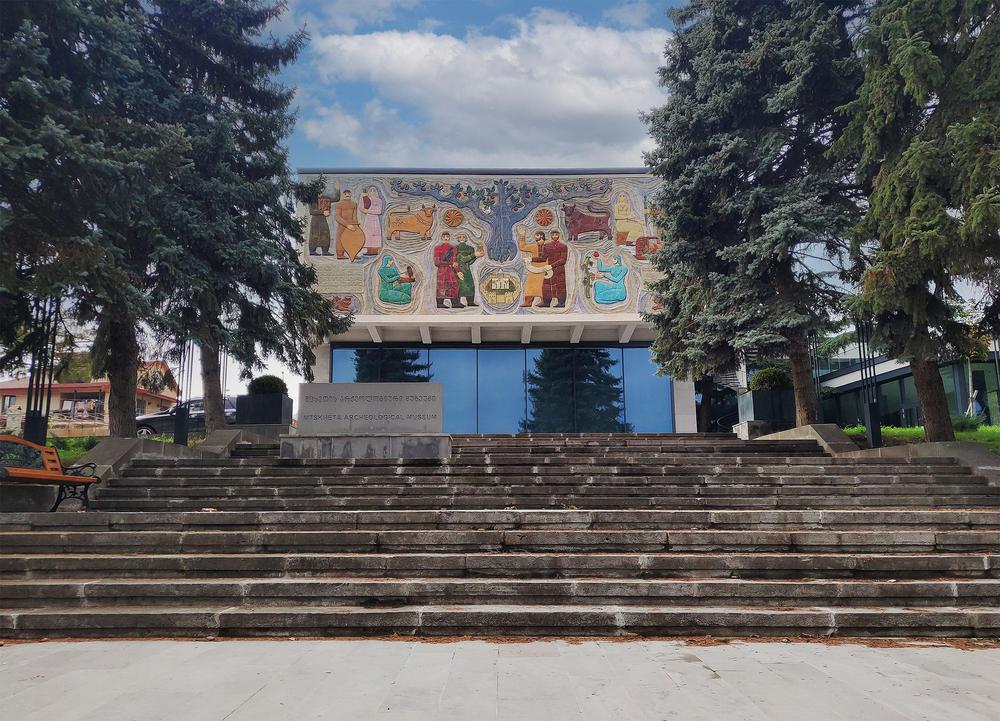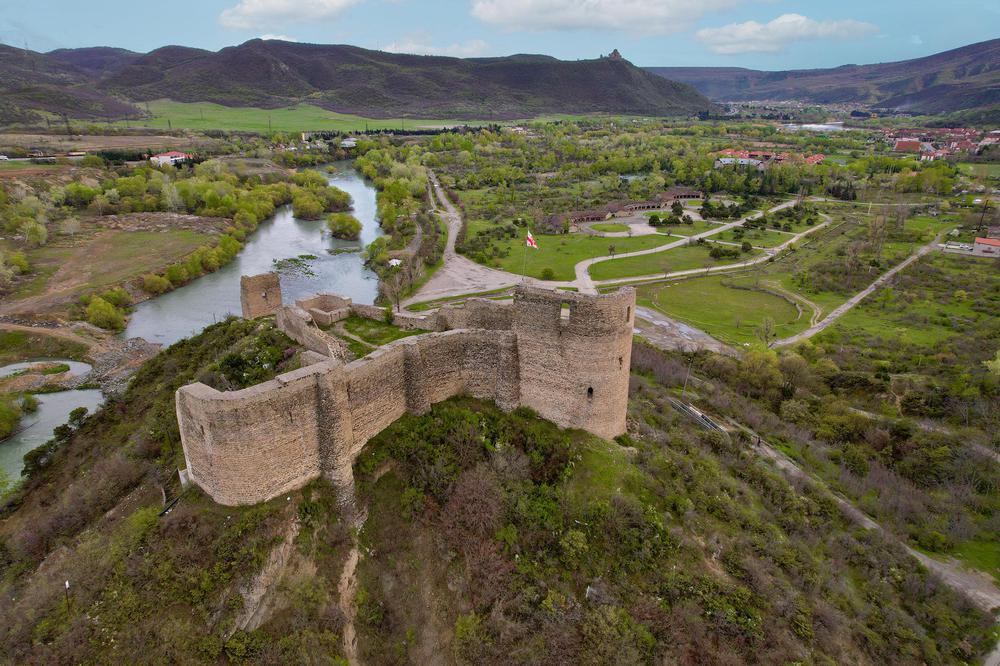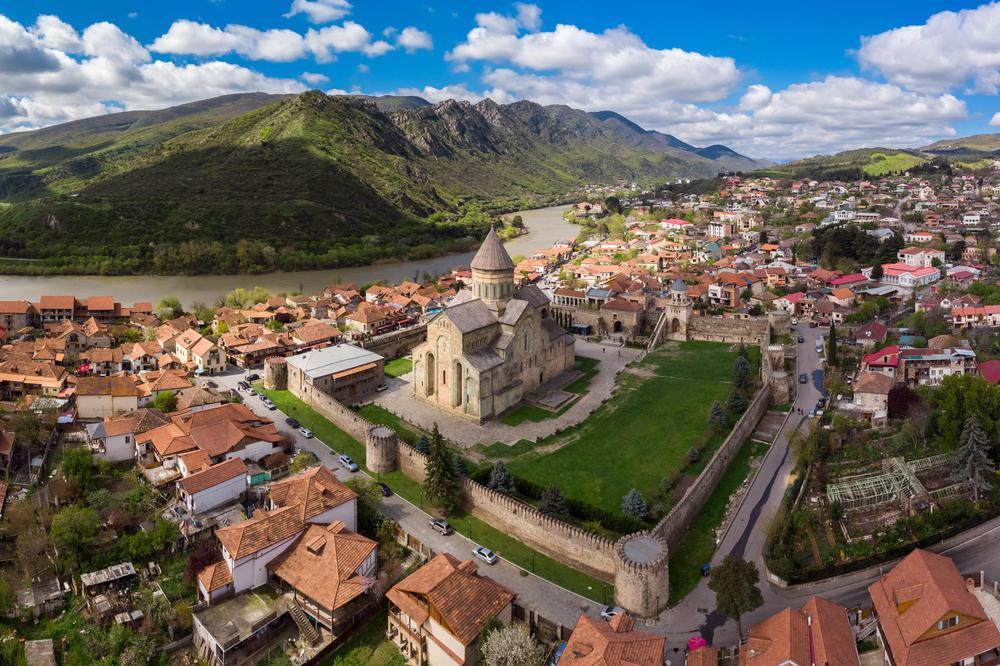Immersed in the scenic expanse of the Mtskheta-Mtianeti region, the Ksani Fortress endures as a historical monument. This enduring fortress is a testament to the region's rich past, filled with battles and the ceaseless march of civilizations.
The saga of Ksani Fortress begins in an era fraught with strife. To safeguard their territory against frequent enemy invasions through these valleys, local leaders understood the need for formidable fortifications. Prince Bagrati of Mukhrani responded to this demand in the 16th century by erecting Ksani Fortress. Positioned to oversee an essential trade route, the fortress became a pivotal site of many battles and consequently suffered significant damage by the 18th century.
Unable to fulfill its original purpose, Konstantine Mukhranbatoni, a descendent of Bagrati, built a new fortress upon the ruins of the old one. Finished in 1746, this fortification was christened Konstantinbati. Its layout consists of walls and four towers, each different in shape and size. These towers not only served military needs but also accommodated the garrison, displaying the duality in Georgian architecture.
A critical asset during sieges, the fortress boasted numerous storerooms for water and provisions. The site's inaccessible cliffside location, coupled with its well-stocked supplies, made it a resilient stronghold. Notably, one of the towers houses a water reservoir and a wine cellar, capable of holding up to fifteen traditional qvevris - an indication of the significance of wine in Georgian culture, even during tumultuous times.
Perched atop Mount Sarkineti, at an altitude of 600 meters (or about 1968 feet), Ksani Fortress offers a strategic view of the confluence of the Ksani and Mtkvari rivers. Today, even though the fortress lies in partial ruin, it retains a majestic presence. It stands as a vivid reminder of the past, inviting us to imagine the sight of an oncoming army from the fortress's walls.
The Ksani Fortress, also known as the Mtkvari Fortress, is recognized as an immovable cultural monument of national significance in Georgia. The original 16th-century cobblestone architecture, combined with the mixed stone-brick designs of the 18th-century reconstruction, lends a distinctive charm to the fortress. Despite centuries of existence, it remains a noticeable landmark from Georgia's main east–west highway.
Today, Ksani Fortress stands as a symbol of Georgia's historical narrative, attracting historians, culture enthusiasts, and tourists to its unique architecture and rich past.

